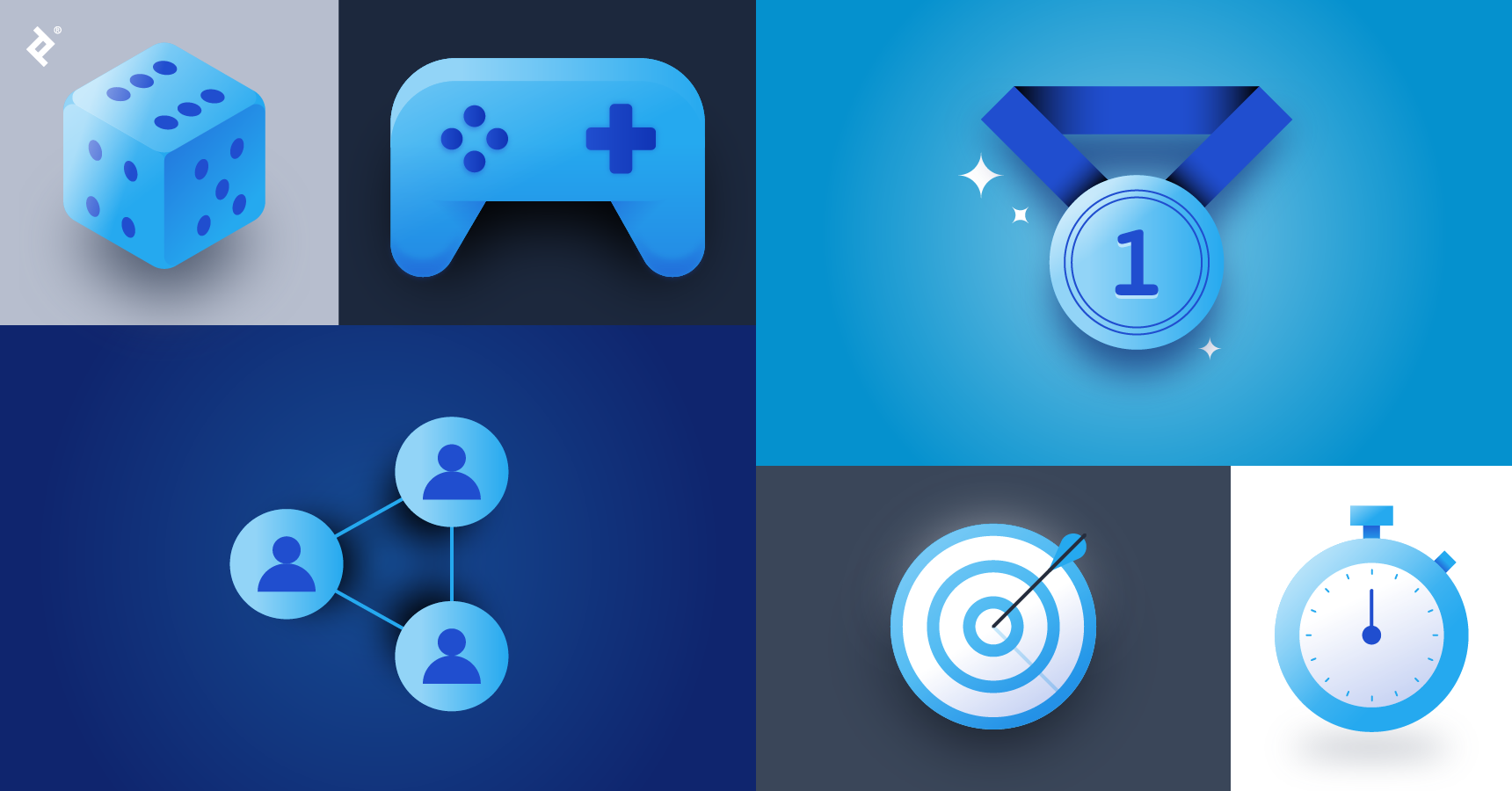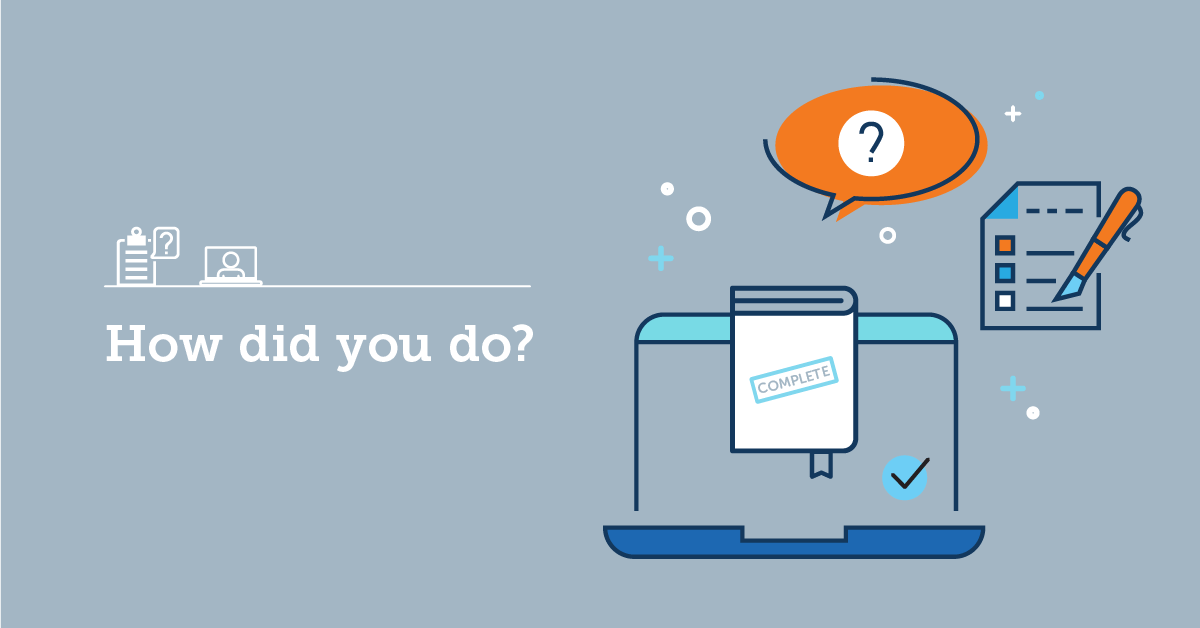During a recent podcast with the VP Head of Design at SAP, Janaki Kumar, she discussed the benefit of using games to build engagement amongst workshop participants. Following on from this, we wanted to hear from you. What games had you played, or use, and why are they great?
We ran a competition and chose our favorite submissions. Below are the games that won and we thank all of you who sent in game ideas. You are a playful lot!
Contributed by Balaji
One of the interesting games we play is asking people to help their co-workers reach their house with no use of digital gadgets like Google Maps. The objective is get people thinking about how to breakdown information into useful chunks for others to understand. It can be quite tricky to offer directions which people can really understand and identify. We often use this game at the start of workshops where the purpose is to help people build an accessible product/service.
Contributed by Noreen
I recently led a workshop on designing ways to improve financial literacy among Millennials. We played a few games from Dave Gray’s Gamestorming book. We started with 4Cs to outline “Components”, “Characteristics”, “Characters”, and “Challenges” of the financial decision-making landscape. Then we created a chart to come up with the Characteristics of a good outcome. Next, we brainstormed ideas and did Spectrum Mapping to prioritize solutions. I wrote about the session here.
Contributed by Joshua
When I run workshops, its usually for enterprise products and involves customers. The activities I choose are always based on what I want to learn. One of my favourite activities is a visioning exercises.
For visioning exercises, I love to do individual brainstorms on success metrics, and then based on that activity, have attendees design a magazine cover describing the success of the product 5 years in the future. The cover has three parts:
- Magazine Cover Title
- Image/Graph/Chart/etc
- Excerpt/Quote/Article Teaser
Not only is this activity very fun and engaging, it also produces tangible artefacts that the product team can utilize when determining the product’s north star.
Contributed by Sharbani
- Two Truths and a Lie: Usually useful as an icebreaker.
Methodology: All Participants get handed post-it notes where they write 2 sentences that are true about them and one sentence which is a lie. Once everyone has written their stuff there is a round robin of reading out their post-its. While each participant reads out his/ her post it the other participants must guess which of the three sentences are the truths and which one is a lie.
Benefit: You get to know incredible things about each participant and thus breaks the ice. Participants feel more comfortable with each other now that they have had a glimpse into something personal about the others. Helps bring everyone on the same level. - Step in, Step out: Can be an ice breaker or when workshop tempo starts to die down – especially after lunch.
Methodology: All participants stand in a large circle. Facilitator starts with something like: ‘Step in if you are having a great day’. All those who resonate with the statement must take a step in and then step out. Facilitator then starts some random statements like “Step in if you hate football” or ‘Step in if you like bubblegum ice cream’ or ‘step in if you want to travel to Antarctica’.etc.
Benefits: good for stretching after everyone has spent a lot of time sitting, good as an ice breaker, good for a few laughs to set the mood lighter if the workshop starts to turn heated or participants start turning argumentative etc. It effectively breaks stressful situations. - Walk the Walk: Another stretching and stress buster exercise – good for a few laughs.
Methodology: Participants line up in a single file facing the other end of the room. The first person in the file must walk to the opposite end of the room. The second person then has to try and imitate the walk exactly of the first person. The third person then must imitate the second person and so on till everyone has reached the other side of the room. It’s amazing what the first person’s walk has translated into by the time it hits the last person. Great for some good laughs.
Contributed by Pradeep
One of my favourite innovation games is ‘Buy a feature’. This is a fun way to understand the priority of features between stakeholders that have a hard time talking about and deciding on priorities.
The way this works is each feature is made in to a Monopoly card with an assessed value. Value is typically determined by cost to make the feature. We get a group of stakeholders together and share the set of feature cards with the group. We then give each person a set amount of money ($100) and ask them to spend the money responsibly. You get to see how people talk and discuss about priorities of the features they what to buy and why.
Contributed by Charles
During a card sorting exercise with post-it notes, to encourage participation in physically getting up and moving cards around, have a number or sticker on the back of one of the cards. First person to find it is awarded a prize, like a book or a small value gift card.
Contributed by Jonathan
I’ve done doodle/squiggle bird exercises as an ice breaker which works great to warm people up, get them talking and sharing with each other. It breaks down their reservations about their ability to “draw” or “create” or around participating in a visual way. I learned this exercise from an online resource called Gamestorming.
Contributed by Christian
We created a card game called Innovatecards that we use when we kick off new clients. We found a lot of the lateral-thinking games weren’t approachable when we help product teams get outside of their comfort zone. The card game is loosely based off the Cards Against Humanity or Apples to Apples concept. It has a stack of 50 black cards (representing real-world companies) and 20 prompt cards (e.g. Create an offering for 65+ year olds). The idea is you combine the two to spark innovative new ideas.
Designers will design an interface to support the combination, Marketers come up with positioning or messaging, and Product Managers come up with a road map for features.
Contributed by Daniel
When our A/B testing partners did a quarterly business review once, they prepared roughly 10 campaigns we had done that quarter.
Their game was to let everyone (junior ux designer, PM and head of products, etc) guess which campaigns were performing the best and order them based on revenue uplift.
This was mainly to prove their worth, but as a side effect you could see that nobody got the order perfectly right. It was clear how hard it is to tell if a new feature or content change produces a significant impact on our business or not and thus the value of testing.
Contributed by Warwick
Everyone draws an animal on A4 that represents their role on the project. These are put together to make a project “Coat of arms”. Ice breaking, role definitions, team building. Eg. “I am the wise old owl, scrum master”. Plus, it can decorate your project wall!
- Introducing Loop11’s Tester Panel - March 24, 2020
- Our Response to the Coronavirus - March 17, 2020
- Release Notes: 5 Second & First Click Tests, Image Testing& More… - October 17, 2018
![]() Give feedback about this article
Give feedback about this article
Were sorry to hear about that, give us a chance to improve.








